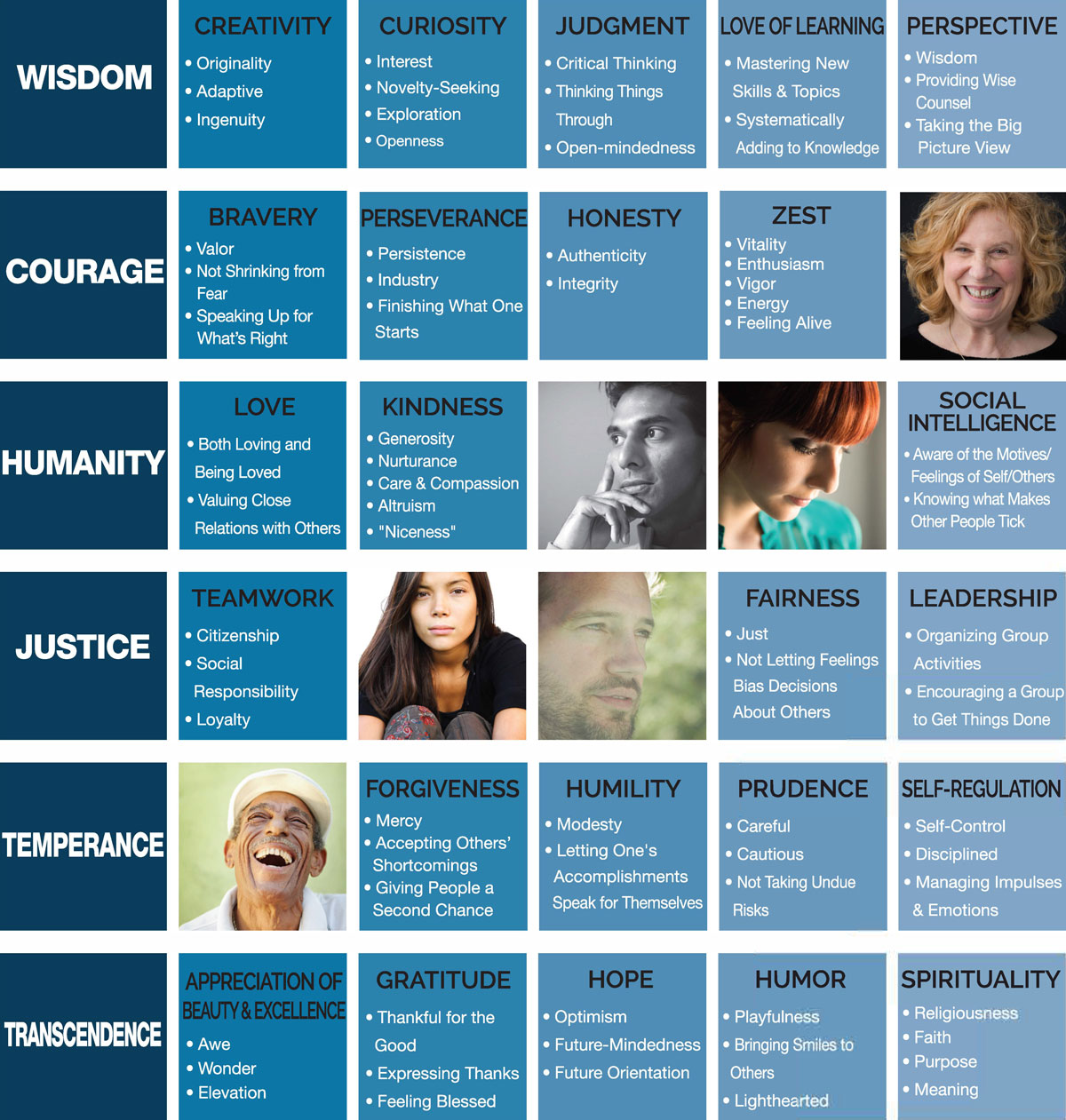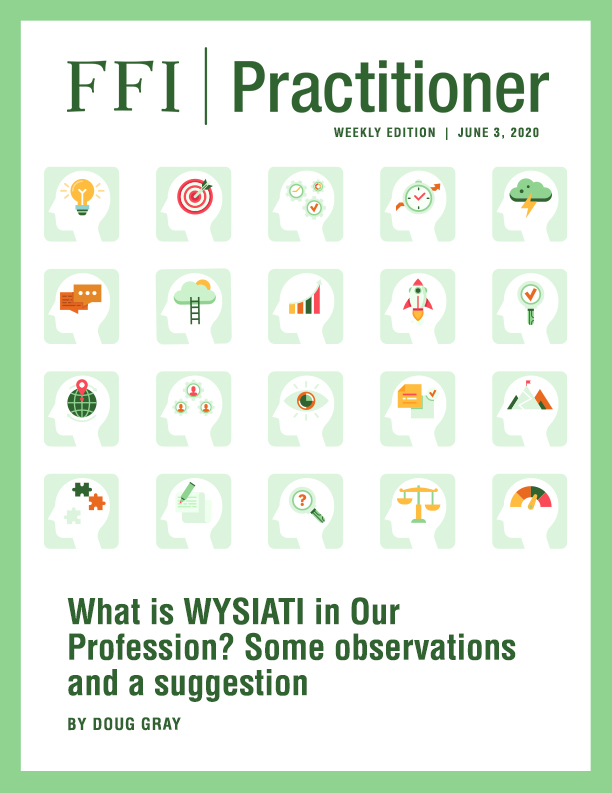
The impact of his work on how we categorize behaviors is significant and important for the profession of family enterprise advising. In this article, I briefly review some of the current models and suggest that my colleagues become familiar with the VIA Classification assessment tools, which offer an alternative vocabulary based on character strengths and new, globally validated research.1
Some background
You may know that there are more than 15,000 validated personality assessments, plus countless intake forms or templates available in the marketplace.2 Each assessment reflects whatever theoretical construct or model the user selects. Behaviorist, capitalist, feminist, conservative, radical, constructivist, nihilist—pick your model—the glasses you select will color your vision and reflect the model chosen to assess a family system. Various assessments provide vital data such as key values, behavior styles, emotional intelligence, or business metrics.
In the family enterprise field, practitioners often assess genealogical facts by creating a family tree to track marriages, birth, death, siblings, and divorces. Many practitioners also use genograms to assess the family’s social history and dynamics. The descriptive value of genograms has been well researched by hundreds of clinicians, therapists, and physicians.
In 1998, the American Psychological Association (APA), led by Martin Seligman, the founder of Positive Psychology, shifted its empirical focus toward questions like, “How can we foster well-being?” and “How can people flourish?”3 The resulting sea change in psychology led many practitioners, including some family enterprise practitioners, to ask questions like, “What are the strengths of this family?” and “How can we leverage those strengths to perpetuate their legacy for future generations?
VIA Classification: Another approach
Following this change, in the past 20 years psychologists have identified and globally validated a classification system, creating a new common language to describe what is best in people, i.e., The VIA (Values in Action) Classification of Character Strengths and Virtues.4 This assessment tool defines six virtues and twenty-four character strengths.
Virtues are defined as characteristics valued throughout time. The six virtues named in the VIA Classification are wisdom, courage, humanity, justice, temperance, and transcendence.5
Character strengths are defined as positive traits or capacities that are inherently good for us and for others.
Sidebar
by Doug Gray
- The Virtue of Wisdom includes the character strengths of Creativity, Curiosity, Judgment, Love of Learning, and Perspective
- The Virtue of Courage includes the character strengths of Bravery, Perseverance, Honesty, and Zest.
- The Virtue of Humanity includes the character strengths of Love, Kindness, and Social Intelligence.
- The Virtue of Justice includes the character strengths of Teamwork, Fairness, and Leadership.
- The Virtue of Temperance includes the character strengths of Forgiveness, Humility, Prudence, and Self-Regulation.
- The Virtue of Transcendence includes the character strengths of Appreciation of Beauty and Excellence, Gratitude, Hope, Humor, and Spirituality.
The twenty-four character strengths are listed below as Figure 1.

I regard these six virtues and twenty-four character strengths as strengths-based glasses—WYSIASTI (what you see is all there is) for family practitioners.
Recommendations for Advisors and Summary
- I strongly encourage you and your clients use the free assessments provided by Neal Meyerson and his family at www.VIAcharacter.org. Compare your results to the 10 million other responses. You can also go to www.AuthenticHappiness.org for more content hosted by the University of Pennsylvania.
- Then I recommend that you include these new vocabulary words in your practice.
Like any complex system, families can be oversimplified as broken and bad or as unbroken and good. The fact is that WYSIASTI (what you see is all there is) defines how we see our client families. The evidence for identifying and leveraging strengths is compelling.
Recommended Books
McGoldrick, M., Gerson, R. & Petry, S. (2008). Genograms; Assessments and Intervention, 3rd Ed. Norton; New York.
Niemiec, R.M. (2017). Character Strengths Interventions; A Field Guide for Practitioners. Hogrefe; Boston, MA.
Niemiec, R.M. & McGrath, R.E. (2019). The Power of Character Strengths; Appreciate and Ignite Your Positive Personality. VIA Institute; Cincinnati, OH.
Seligman, M.E.P. (2011). Flourish; A Visionary New Understanding of Happiness and Well-being. Simon & Schuster; New York
References
1https://www.viacharacter.org
2https://www.siop.org/Business-Resources/Employment-Testing/Test-Types
3Seligman, M.E.P. (2011). Flourish; A Visionary New Understanding of Happiness and Well-being. Simon & Schuster; New York
4https://www.viacharacter.org
5https://positivepsychology.com/classification-character-strengths-virtues/


